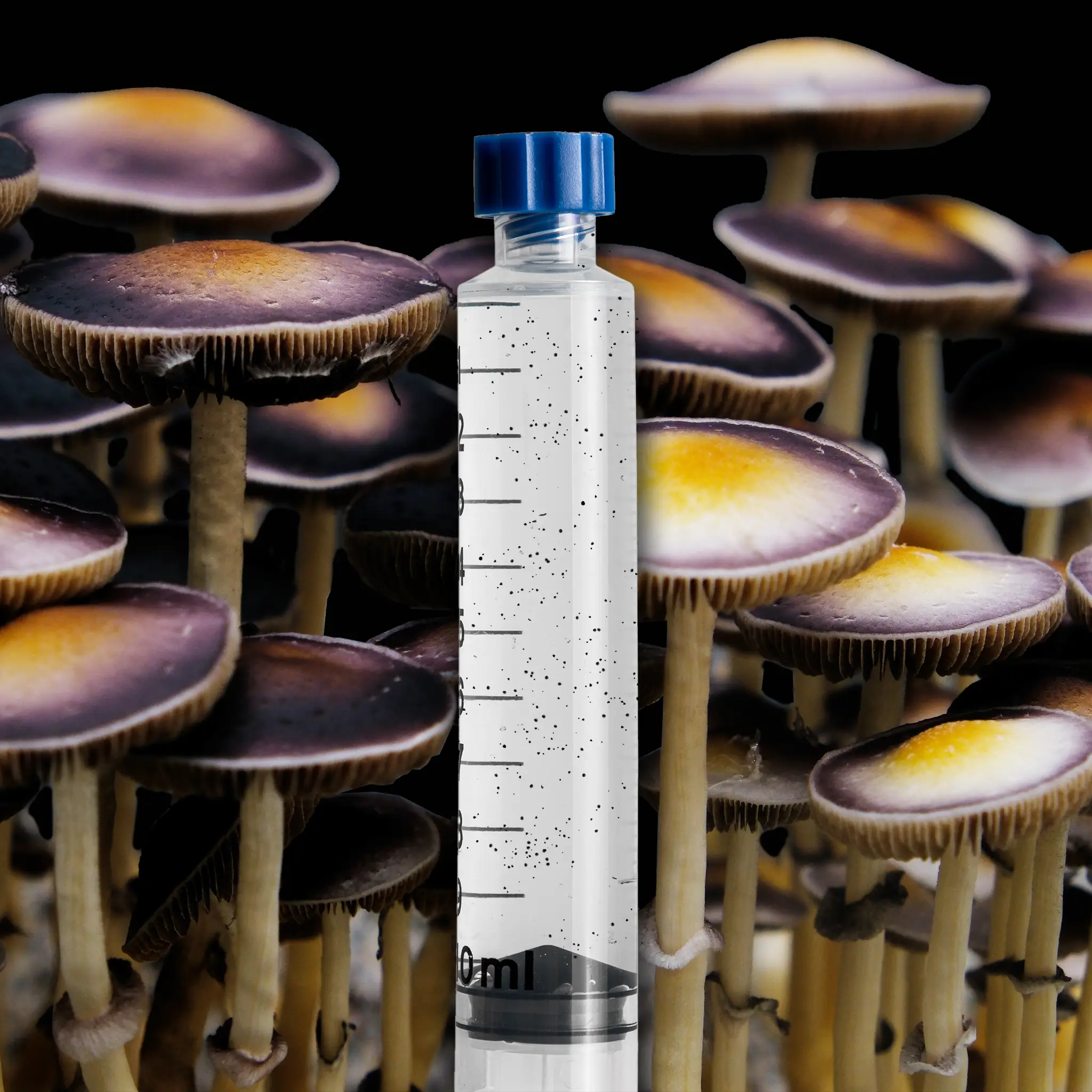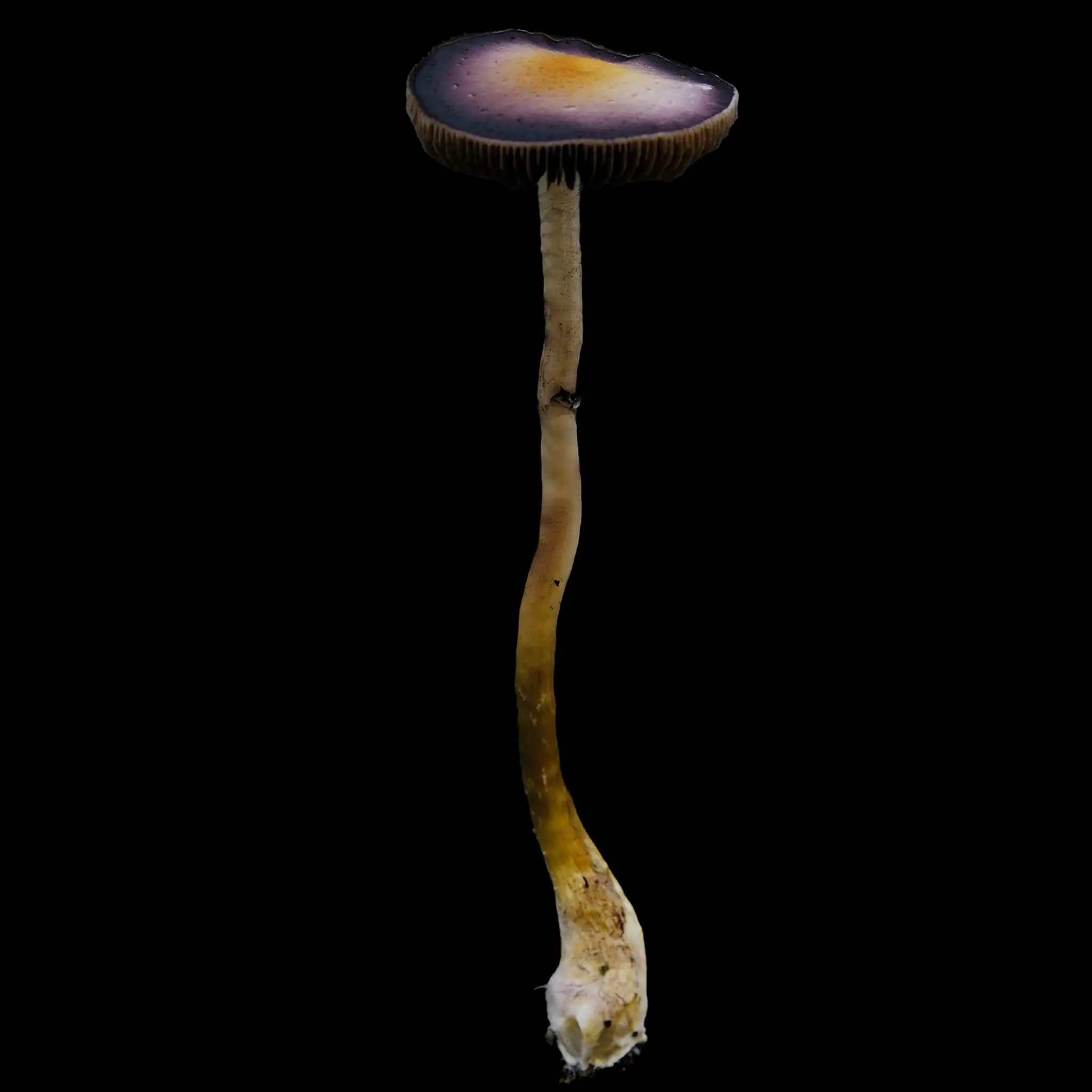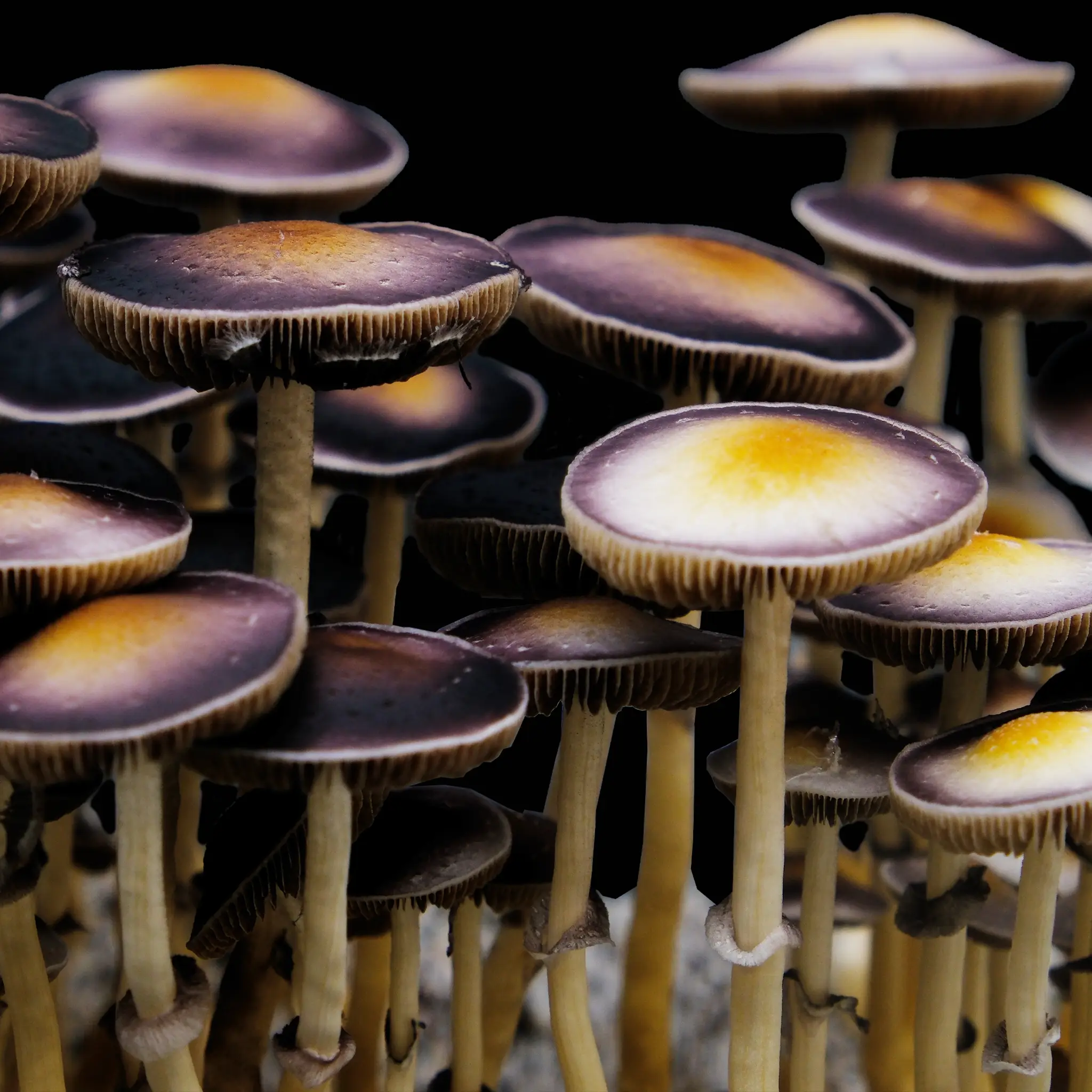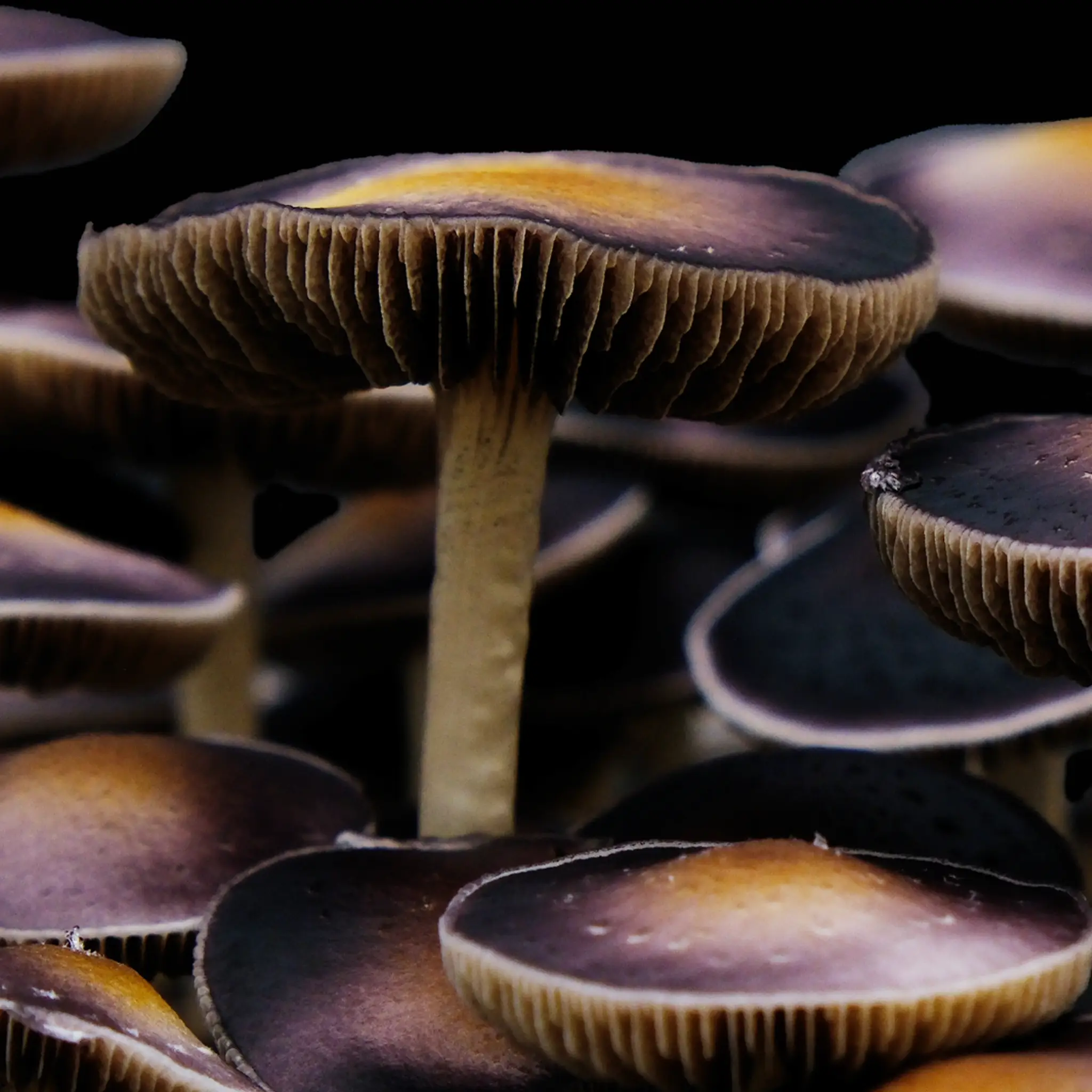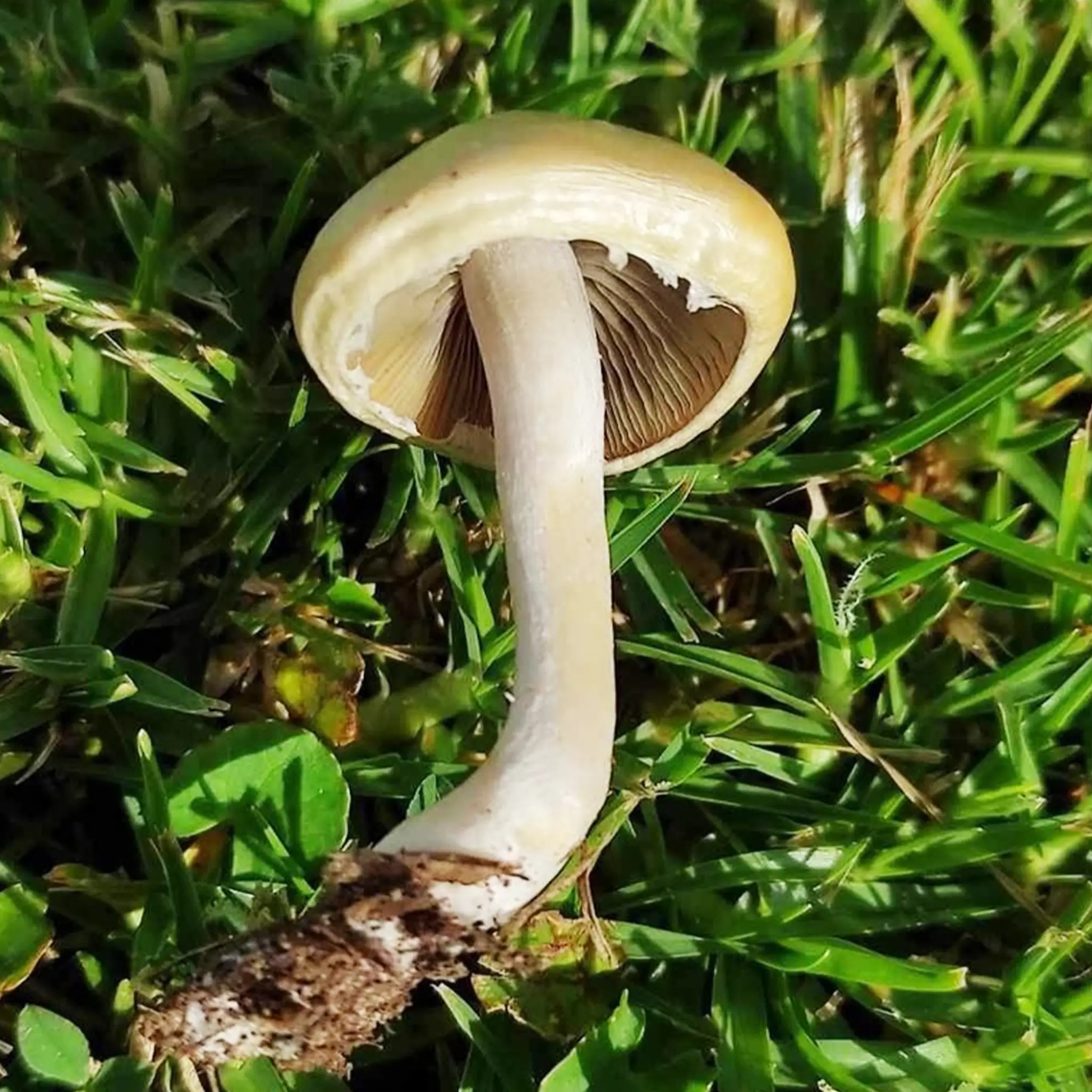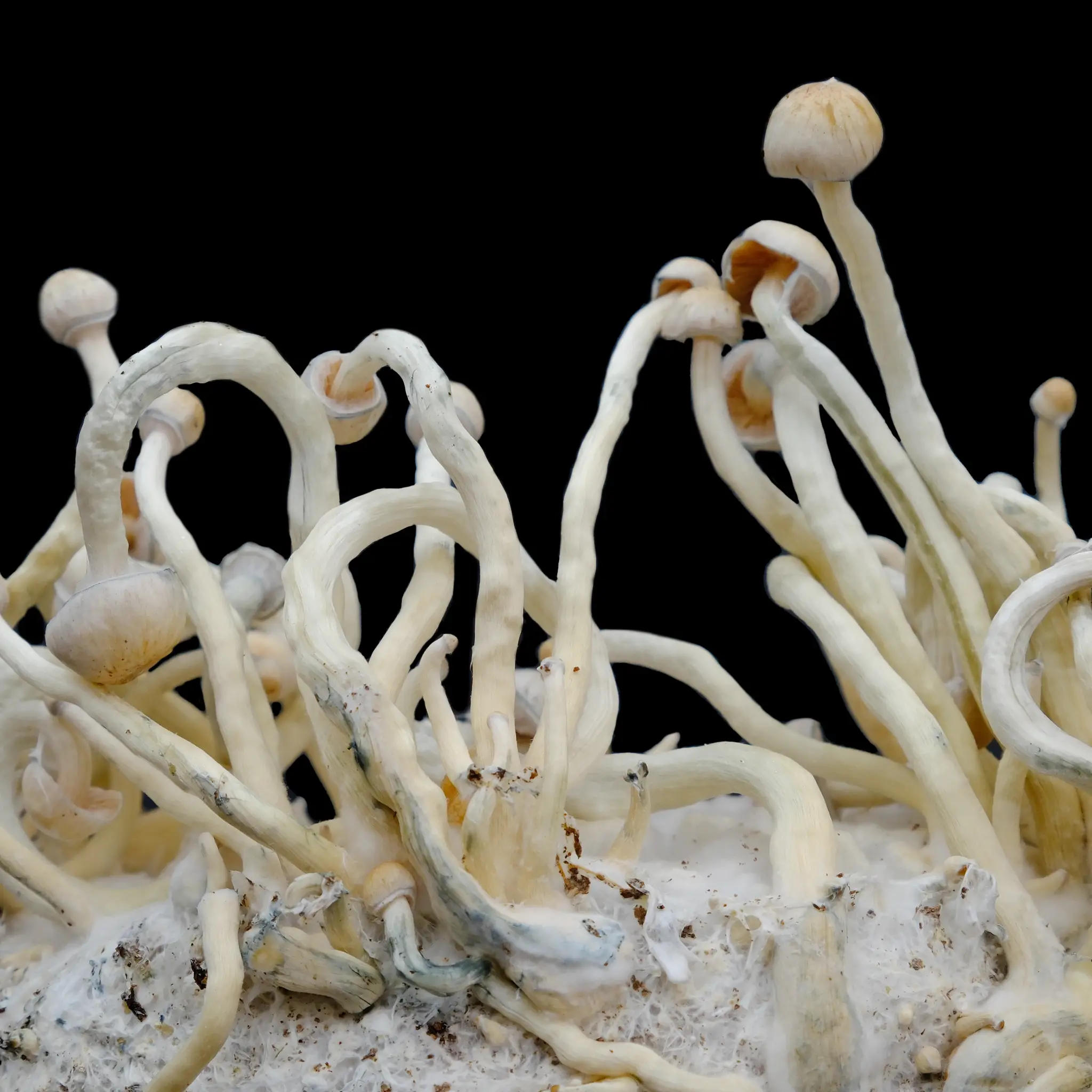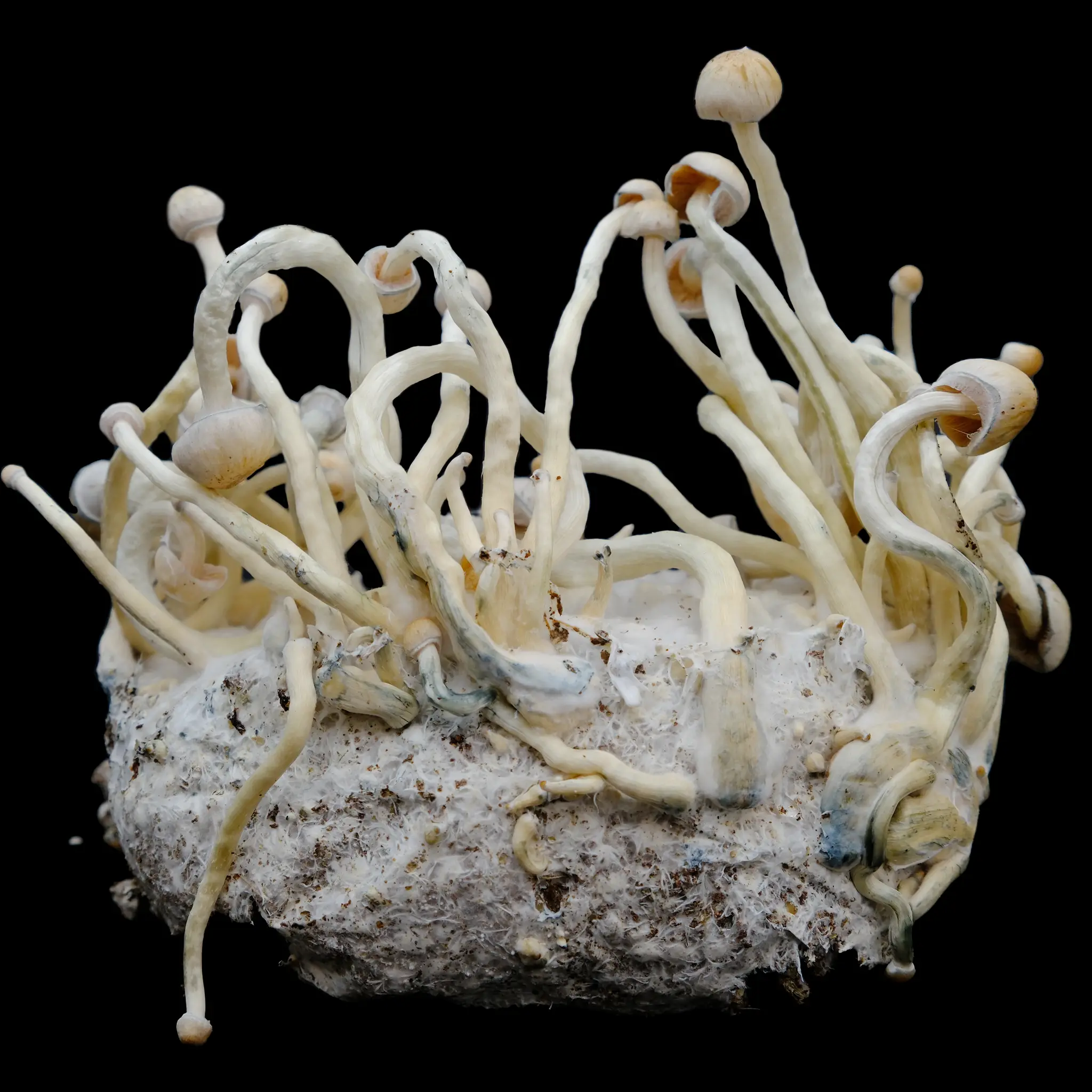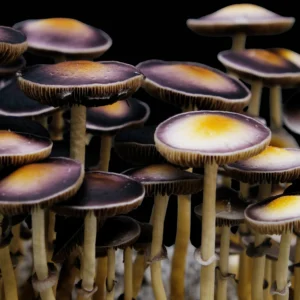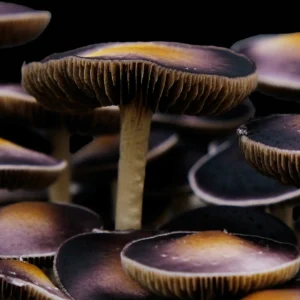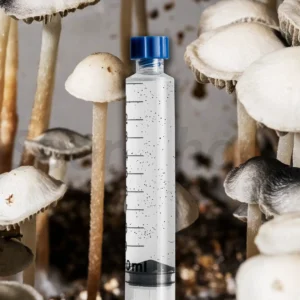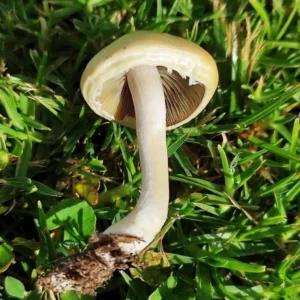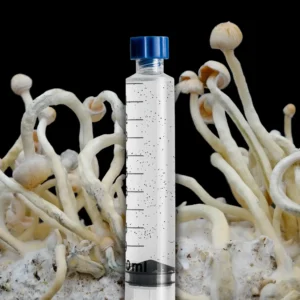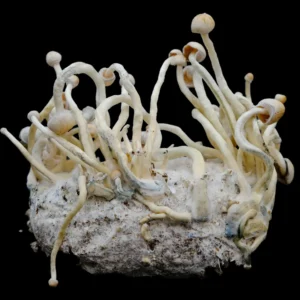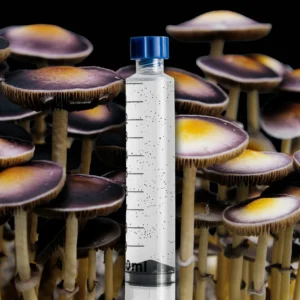 Psilocybe ochraceocentrata nom. prov. : Natal Super Strain Isolated Spore Syringe
Psilocybe ochraceocentrata nom. prov. : Natal Super Strain Isolated Spore SyringePsilocybe ochraceocentrata nom. prov. : Natal Super Strain Isolated Spore Syringe
$24.99 Original price was: $24.99.$19.99Current price is: $19.99.
-
Species: Previoulsy known as “Psilocybe natalensis” but newly discovered true name is Psilocybe ochraceocentrata nom. prov. : Natal Super Strain Isolated Spore Syringe
-
Spore Color: Deep purplish-brown to black
-
Volume: 10mL sterile solution
-
Includes: Labeled syringe + sterile needle
-
Intended Use: Microscopy and taxonomic research
-
Storage: Refrigerate upon receipt; optimal viability for up to 12 months
Psilocybe natalensis, commonly referred to as “Natal Super Strength,” is a unique species within the Psilocybe genus, first described in 1995 by mycologists Jochen Gartz, Derek Reid, Michael Smith, and Albert Eicker. Native to the Natal region of South Africa, this species is closely related to Psilocybe cubensis but exhibits distinct morphological and genetic traits that set it apart. Previoulsy known as “Psilocybe natalensis” but newly discovered true name is Psilocybe ochraceocentrata nom. prov. : Natal Super Strain Isolated Spore Syringe
Our 10mL spore syringe offers a sterile, research-grade solution of Psilocybe natalensis spores, meticulously prepared to ensure purity and viability. Each syringe includes a sterile needle, providing mycologists with a reliable sample for microscopic examination and comparative studies.
Psilocybe natalensis was identified as a distinct species due to its unique habitat preference, less persistent annulus, and genetic sequence differences compared to Psilocybe cubensis. It thrives in the subtropical climates of South Africa, particularly in the Natal region, which contributes to its unique genetic adaptations.
This species has garnered interest for its potential therapeutic properties. Studies have indicated that extracts from Psilocybe natalensis exhibit antioxidant and anti-inflammatory effects, suggesting potential applications in medical research.
Under microscopic examination, Psilocybe natalensis spores exhibit:
-
Elliptical to subelliptical shapes with smooth surfaces
-
Robust cell walls, indicative of the strain’s resilience
-
Uniform pigmentation, aiding in comparative analyses
These characteristics make Psilocybe natalensis an excellent candidate for studies focused on spore morphology, cell wall composition, and genetic stability within the Psilocybe genus.
While Psilocybe natalensis is a distinct species, its unique genetic profile has made it a subject of interest in the development of new strains. Researchers have explored its potential in hybridization efforts, aiming to combine its resilience and unique properties with other Psilocybe species to create novel strains with desirable traits.
This Psilocybe natalensis spore syringe is intended strictly for microscopy and educational research. Cultivation of Psilocybe species is illegal in several U.S. states. Lab Link Supply does not ship to California, Georgia, or Idaho. By purchasing, you affirm that you are at least 18 years old and will comply with all local laws and regulations.
At Lab Link Supply, we are committed to providing high-quality, research-grade spores for the mycological community. Our Psilocybe natalensis spores are:
-
Sourced from verified genetic lineages
-
Prepared in sterile environments to ensure purity
-
Packaged securely for safe and discreet delivery
-
Supported by responsive customer service
You May Also Like
-
Hillbilly Mushroom Spore Syringe
Rated 0 out of 5$24.99Original price was: $24.99.$14.99Current price is: $14.99. Add to cart -
Shakti Spore Syringe
Rated 0 out of 5$24.99Original price was: $24.99.$14.99Current price is: $14.99. Add to cart -
APE x TW Spore Syringe
Rated 0 out of 5$29.99Original price was: $29.99.$14.99Current price is: $14.99. Add to cart


